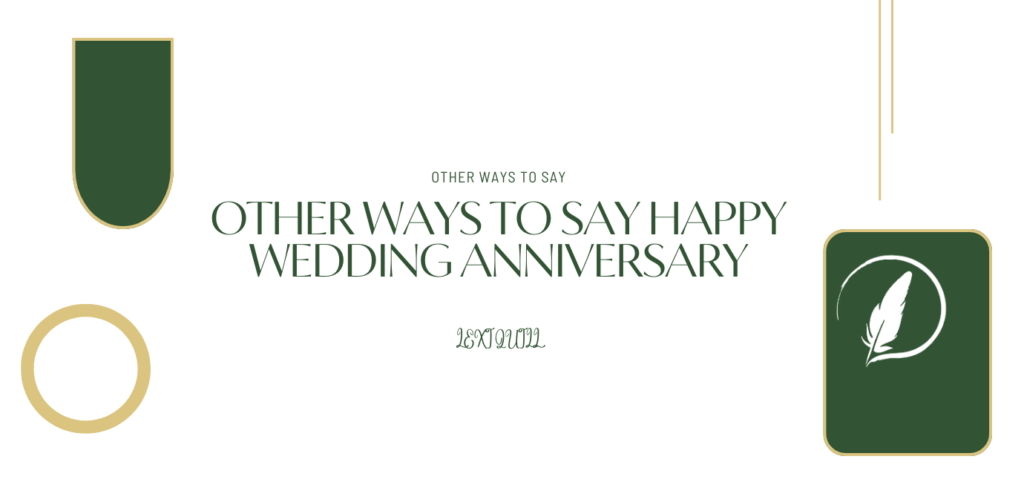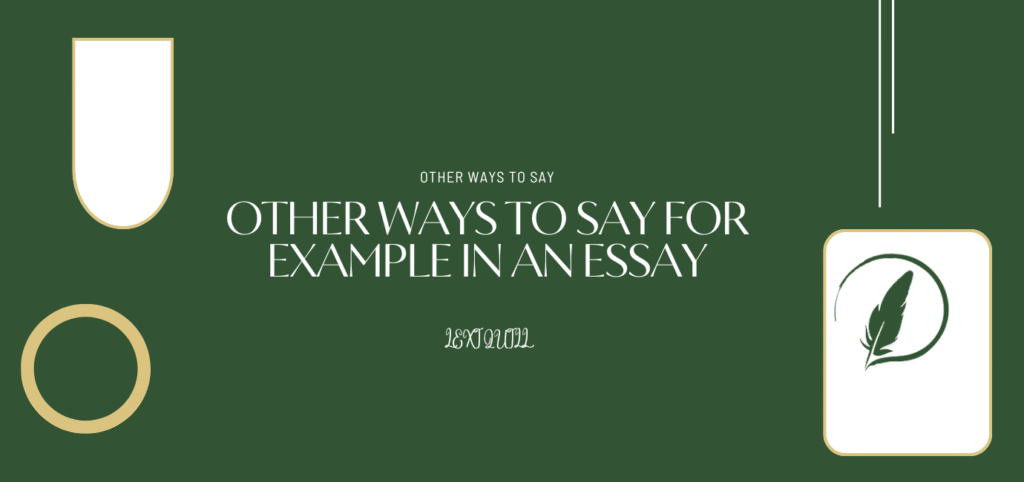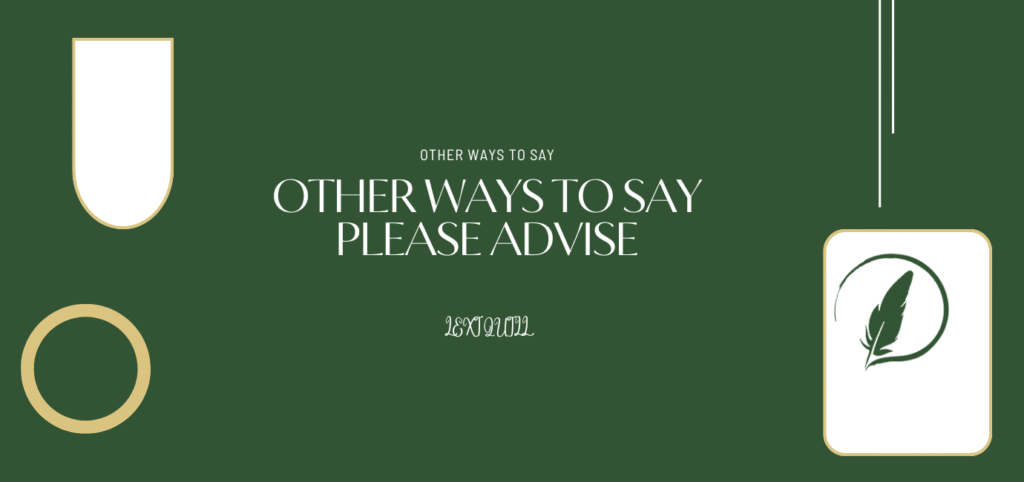“Happy to hear that” is a thoughtful and pleasant response to good news, and it often comes naturally in personal conversations or professional settings. However, overusing this phrase can make your responses feel predictable or insincere. By varying your wording, you can keep your conversations dynamic, emotionally expressive, and genuinely responsive. Whether you’re at work, chatting with friends, or interacting with clients, having a few alternatives up your sleeve adds warmth and personality to your replies.
Why Use Alternatives?
While “happy to hear that” is polite and appropriate, repeating the same phrase too often can make your communication sound automatic or impersonal. Alternatives give you a better opportunity to match your tone to the situation whether that’s excitement, relief, empathy, or support. By using variations, you enrich your vocabulary and make your conversations feel more alive and emotionally intelligent. You’ll also make a stronger impression, whether you’re replying to good news in an email, text, or face-to-face.
1. That’s Wonderful News!
This expression is a powerful way to show genuine enthusiasm. It feels slightly more formal than just saying “great” and works especially well in both personal and professional environments. It tells the other person that their news truly made a positive impact on you.
Example:
“You got the promotion? That’s wonderful news!”
2. I’m So Glad to Hear That
This alternative adds a personal and emotional layer to your response. Saying “I’m so glad” shows that you care deeply and are emotionally invested in the other person’s well-being or success. It’s a great choice for close colleagues, friends, or family.
Example:
“I’m so glad to hear that your trip went well!”
3. That’s Fantastic!
Energetic and upbeat, “that’s fantastic” is a great way to react to exciting or impressive news. It’s casual enough for informal conversations but still appropriate for many professional contexts. It conveys joy and encourages the other person to share more.
Example:
“You finished your project ahead of schedule? That’s fantastic!”
4. I’m Thrilled to Hear That
If you want to show a higher level of excitement, “I’m thrilled to hear that” makes your happiness unmistakable. It works especially well when the news involves significant accomplishments or milestones.
Example:
“Your business is growing rapidly? I’m thrilled to hear that!”
5. That’s Great to Hear
This is a simple, effective, and flexible response that works in nearly every setting. It’s a slightly more conversational version of “happy to hear that” and can be used in both formal emails and casual chats.
Example:
“You finally found the perfect house? That’s great to hear!”
6. I’m Delighted to Hear That
Using the word “delighted” elevates your response and gives it a touch of sophistication. It’s a warm and polished way to express happiness and is especially suitable for more formal or professional communication.
Example:
“I’m delighted to hear that your hard work paid off!”
7. Music to My Ears!
This is a creative and expressive way to respond to good news, especially if the outcome was highly anticipated. It’s playful and memorable, and it works best in informal conversations with people you know well.
Example:
“You got accepted into your dream university? That’s music to my ears!”
8. That Makes Me So Happy!
If the news affects you emotionally and positively, this is a perfect phrase to use. It adds a personal dimension to your happiness, showing that you truly care and are emotionally uplifted by the other person’s success or joy.
Example:
“You’re enjoying your new job? That makes me so happy!”
9. I Couldn’t Be Happier for You!
This phrase conveys sincere and deep happiness for someone else’s good news. It emphasizes how much you care and is especially appropriate for big life events like engagements, pregnancies, graduations, or career wins.
Example:
“You’re engaged? I couldn’t be happier for you!”
10. I Love Hearing That!
This response feels casual, spontaneous, and heartfelt. It lets the other person know their news made your day. It’s especially effective in friendly interactions or relaxed work environments where emotional openness is welcome.
Example:
“You’re feeling much better now? I love hearing that!”
Final Thoughts:
Expanding your repertoire beyond “happy to hear that” allows you to respond in a way that feels more personal, warm, and aligned with the moment. The phrases listed above help you show joy, appreciation, and support in more expressive and thoughtful ways. Whether you’re congratulating a coworker, comforting a friend, or celebrating good news, the right words help build stronger connections and more meaningful conversations. Try using these alternatives in your daily communication they might just brighten someone’s day.








